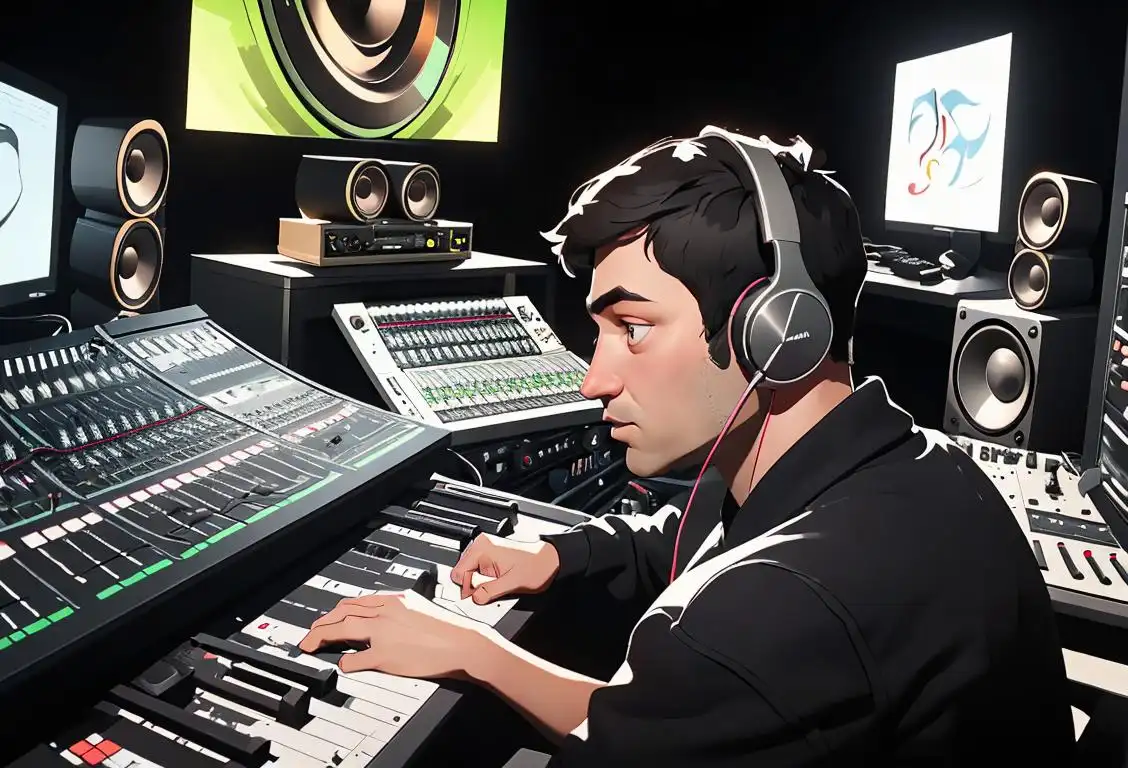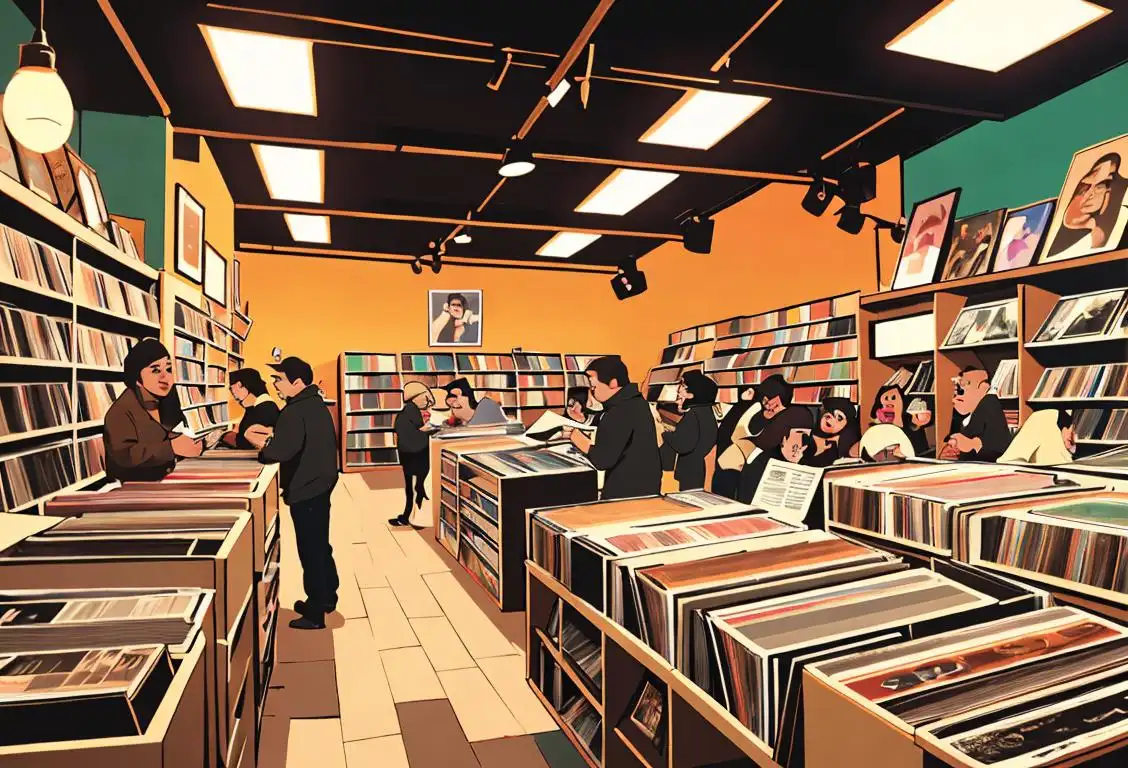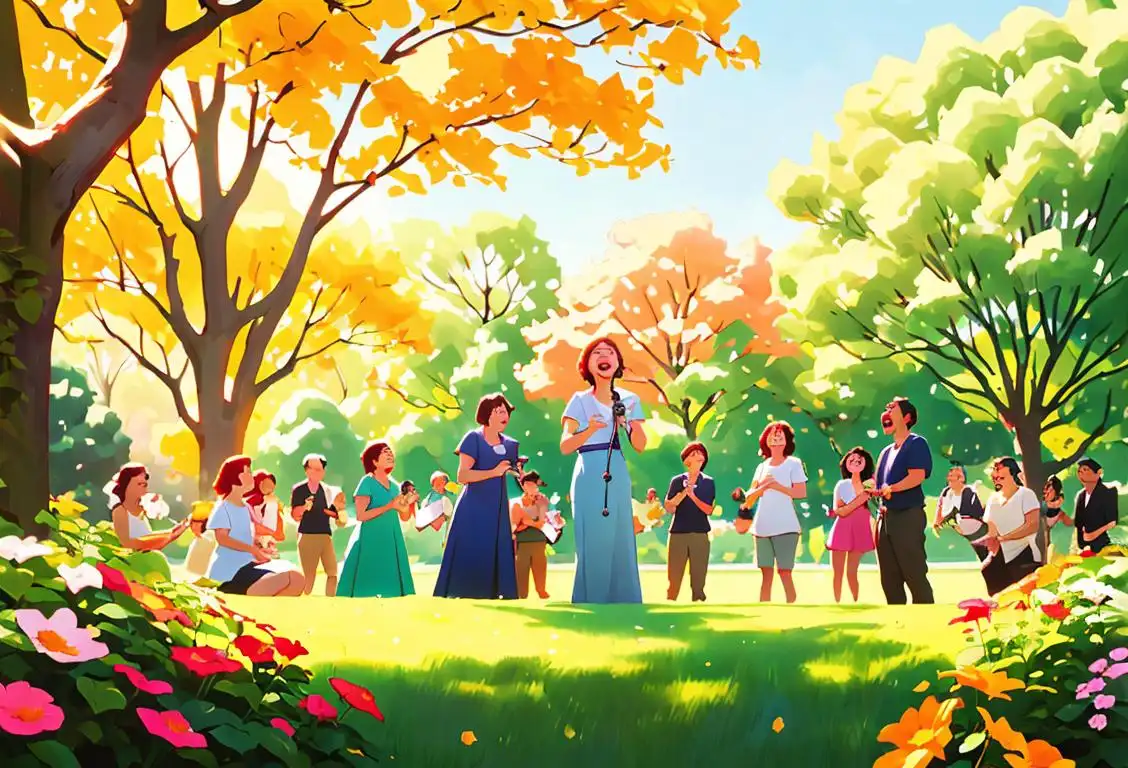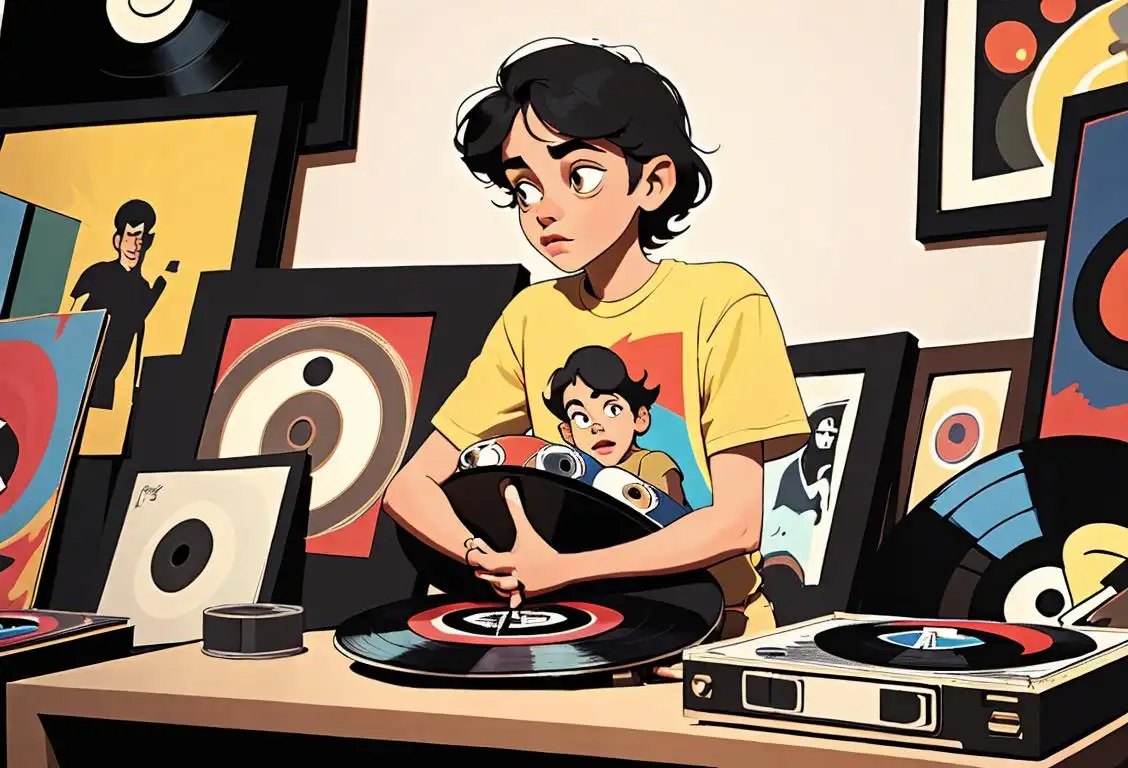National Synthesizer Day
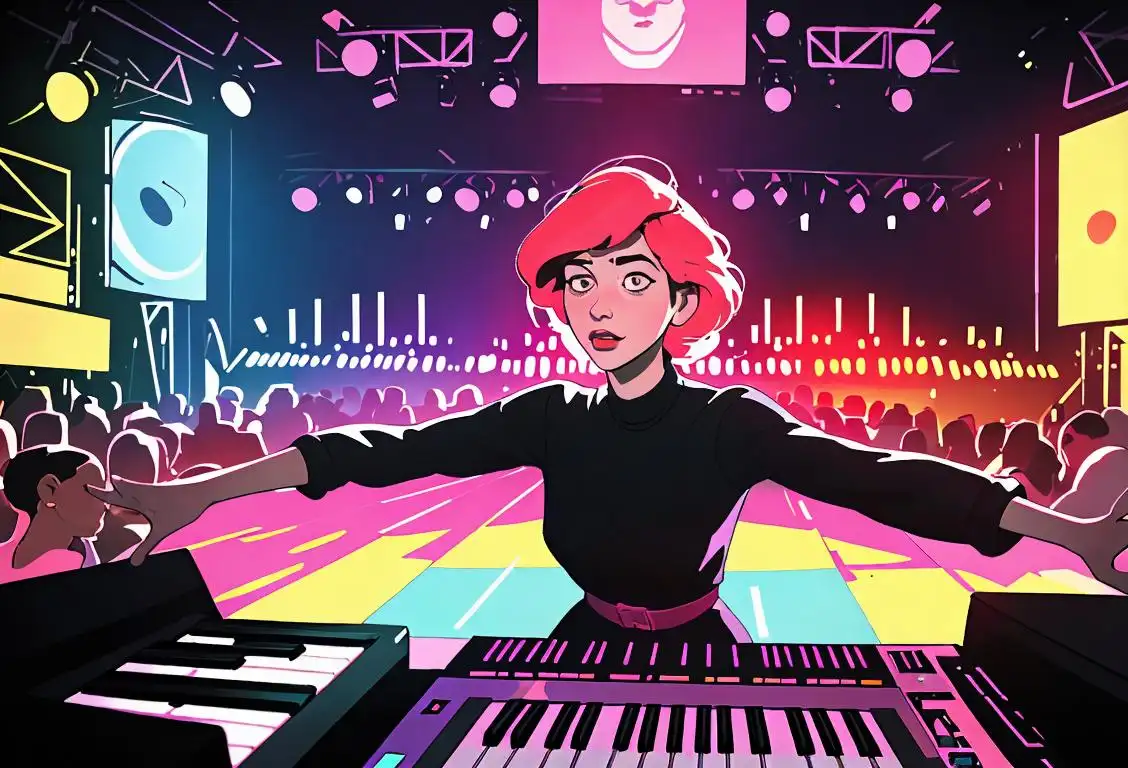
Hey there synth enthusiasts! Get ready to turn up the volume and dial in some funky beats, because it's National Synthesizer Day! This groovy celebration is all about honoring the iconic electronic music instrument that has been a key player in shaping the sound of countless songs across multiple genres. So whether you're a fan of hypnotic synth pop or mind-blowing experimental sounds, this is the day to express your love for all things synth-tastic!
When is Synthesizer Day?
It's national synthesizer day on the 24th May.
The Origins of National Synthesizer Day
Who would've thought that a day dedicated to synthesizers would ever exist? Well, it all started in the depths of the internet, where a group of music lovers and synth enthusiasts were having a digital jam session. They realized that the synthesizer had become more than just a musical instrument; it had become a cultural phenomenon. And thus, National Synthesizer Day was born!
Every year on May 24th, fans of the synthesizer gather, both online and offline, to celebrate this incredible creation. From sharing their favorite synth riffs to hosting synthesizer parties, it's all about spreading the sonic joy that this instrument brings.
The Evolution of Synthesizers
Let's take a trip down memory lane and explore the evolution of synthesizers. In the late 1960s, the first commercially available synthesizers hit the market, paving the way for a musical revolution. These early synths were massive, often requiring an entire room to house all the necessary modules and cables. But despite their size, musicians quickly fell in love with the unique sounds they could create.
Over the years, synthesizers started to become more compact and accessible. With the advent of digital technology, musicians were able to carry their entire studio in a single instrument. From the classic sounds of the Moog synthesizers to the cutting-edge abilities of modern digital synths, these instruments have come a long way.
Did You Know?
Did you know that the most expensive synthesizer ever sold was a 1968 Moog modular system? It was purchased for a staggering $150,000! Now that's some serious sonic investment right there!
History behind the term 'Synthesizer'
1928
The Origins of Electronic Music
The history of the synthesizer can be traced back to 1928 when Russian engineer Lev Sergeyevich Termen invented the Theremin, one of the earliest electronic musical instruments. The Theremin produced sound by generating radio frequency oscillations that players could control without physical contact. Termen's invention laid the groundwork for the future development of synthesizers.
1939
The First Voltage-Controlled Synthesizer
In 1939, composer and musician Harald Bode created the first voltage-controlled synthesizer called the 'Warbo Formant Orgel.' This instrument used voltage control to shape and manipulate sound waves, allowing musicians to create a wide range of tones and timbres. Bode's innovation was a crucial step toward the modern synthesizers we know today.
1964
Introduction of the Moog Synthesizer
The year 1964 marked a significant milestone in the history of synthesizers with the introduction of the Moog synthesizer by Robert Moog. Moog's invention utilized voltage-controlled oscillators, amplifiers, and filters, making it the first commercially available synthesizer. Its popularity grew rapidly, allowing musicians to explore new sonic possibilities and revolutionizing the music industry.
1970
Synth Pop and the Minimoog
In the 1970s, the synthesizer gained widespread attention and popularity, especially with the emergence of the electronic music genre known as synth pop. The invention of the Minimoog synthesizer in 1970 by Robert Moog played a significant role in shaping the sound of this genre. Its portable design and powerful capabilities made it a favorite amongst musicians, leading to its widespread use in mainstream pop music.
1980
Digital Synthesis Revolution
The 1980s witnessed a revolutionary shift in synthesizer technology with the advent of digital synthesis. The introduction of digital synthesizers, such as the Yamaha DX7 in 1983, brought a new level of versatility and realism to electronic music. These instruments utilized complex algorithms and 'operator' architecture to generate sounds, enabling musicians to replicate natural instruments with unprecedented accuracy.
1990s
Software Synthesis and Virtual Instruments
The 1990s marked a new era for synthesizers with the rise of software-based synthesis and virtual instruments. Instead of relying on hardware synthesizers, musicians began using software plugins to create electronic sounds directly on their computers. This shift made synthesizers more accessible and affordable to a wider range of musicians, democratizing electronic music production.
Present
Modern Synthesizers and Beyond
Today, synthesizers have become an integral part of various music genres, from electronic and pop to rock and hip-hop. Advancements in technology have led to the development of highly advanced and versatile synthesizers with endless sound design possibilities. Modular synthesizers, software plugins, and hardware workstations continue to push the boundaries of what is achievable in electronic music production.
Did you know?
Did you know that the most expensive synthesizer ever sold was a 1968 Moog modular system? It was purchased for a staggering $150,000!Tagged
celebration music technologyFirst identified
23rd May 2017Most mentioned on
24th May 2017Total mentions
21Other days
Synthesizer Day
Thank A Taper Day
Dogg Day
Marching Band Day
Record Store Day
Sing Out Day
Giggs Day
Album Day
Drummer Day
Iphone X Day
